EAT IN ASIA / Destinations / Other destinations / Europe / Portugal
An ultimate coffee guide - Portuguese coffee types
Tags: PORTUGAL
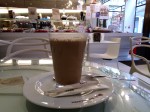
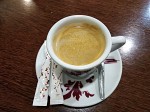
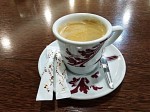
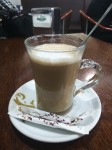
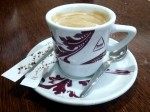
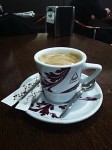
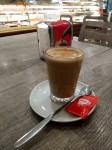


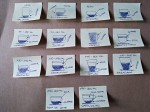
Different countries, different cultures, but they still have some common habits and customs. Since ages eating and drinking have been playing a significant role in an everyday life. Some nations celebrate tea ceremonies, as it is in Japan, other prefer coffee to tea. That is especially visible in Latin-Americans countries, in the South of Europe and in some Asian countries as Vietnam. As Portugal is one of these South European countries, the love for coffee applies to them too. Drunk with milk or plain is served the day long. Usually sugar or any other sweetener is to be added later, so to say – you get your coffee pure. What is really nice, some cafeterias serve canella powder aside so you can tune it up. An other option is to get a canella straw for drinking coffee. That is strange, but still, unique and interesting, so worth trying.
How to order in Portugal the coffee you really want or better say - what kind of coffees can you find in Portugal?
The coffee that you will find in almost all places, what means the most popular is just an expresso. Served in small cups filled till top (cheia), till ¾ (tres-quartas) or till more or less half (‘um italiano’) – just like a regular Italian ristretto. In Lisbon this coffee is called ‘um bica’, while in other regions just ‘um café’ / ‘um café duplo’ (as a double espresso) or as it is in Porto – ‘um cimbalinho'. Then you will find ‘uma carioca’, that is served in a small cup and filled till the top. It might be somehow compared to a big size ‘ristretto’ that is less strong. Staying with black coffees, you will also find sometimes ‘um café de saco’ or ‘um abatando’, which corresponds to what you know as Americano (be careful while ordering it as you might get an instant coffee – ‘um nescafe’). This Americano type coffee is not the one that a genuine Portuguese would drink. That is more for tourists that are accustomed to a regular Americano as it is called in other countries.
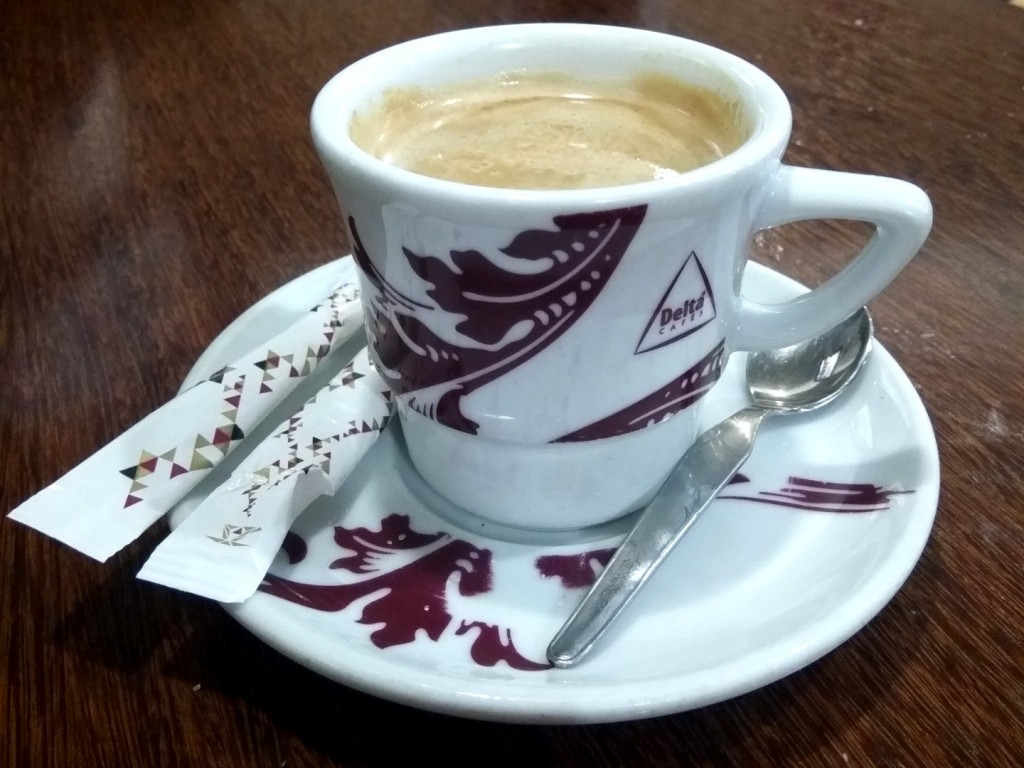
Let’s have now a quick look at milky coffees. Coffee with milk is mostly drunken in the morning. It is usually accompanied by a brioche or by a so loved torrada. In the milky coffee list you will find ‘um pingo’ (as it is called in the northern part of Portugal) or ’um pingado’. That are espressos with a dash of milk – usually with a cold one but sometimes you will get it warm. Then come three, the most popular Portuguese coffees with milk: ‘um garoto’, ‘um galão’, and ‘meia-de-leite’. Let’s start with ‘um garoto’. This coffee is served in a small cup. Half of the cup is filled with coffee and the second one with milk – a warm milk.
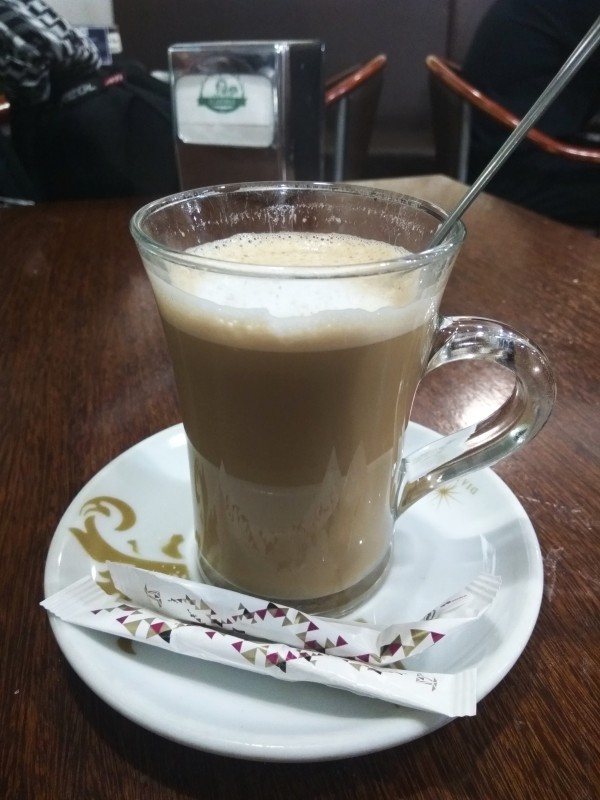
Then we have ‘um galão’. It comes in tall glasses, like we know for ‘café latte’. 75% is milk and the rest is coffee. ‘Um galão’ is a weak coffee type usually made of the coffee brewed in the second passing. A bit stronger is ‘meia-de-leite’ that is like ‘um garoto’ (half milk, half coffee) but served, as ‘um galão’, in tall glasses. ‘Meia-de-leite’ could be compared to a flat white.
For all these, that avoid a caffeine shot, ‘descafeinado’ is a solution. It comes in an espresso size cup and is filled with a decaf coffee. It is served either with milk or without.
Right now, having all that in mind, let’s have a quick summary. Below, you will find the list of all the most popular coffee types in Portugal. All divided in two sections (plus one additional for coffee with alcohol) – with milk and without. This short coffee guide might be helpful for you while ordering coffee in Portugal, so don’t forget to take it with you!
Portugal – coffee types
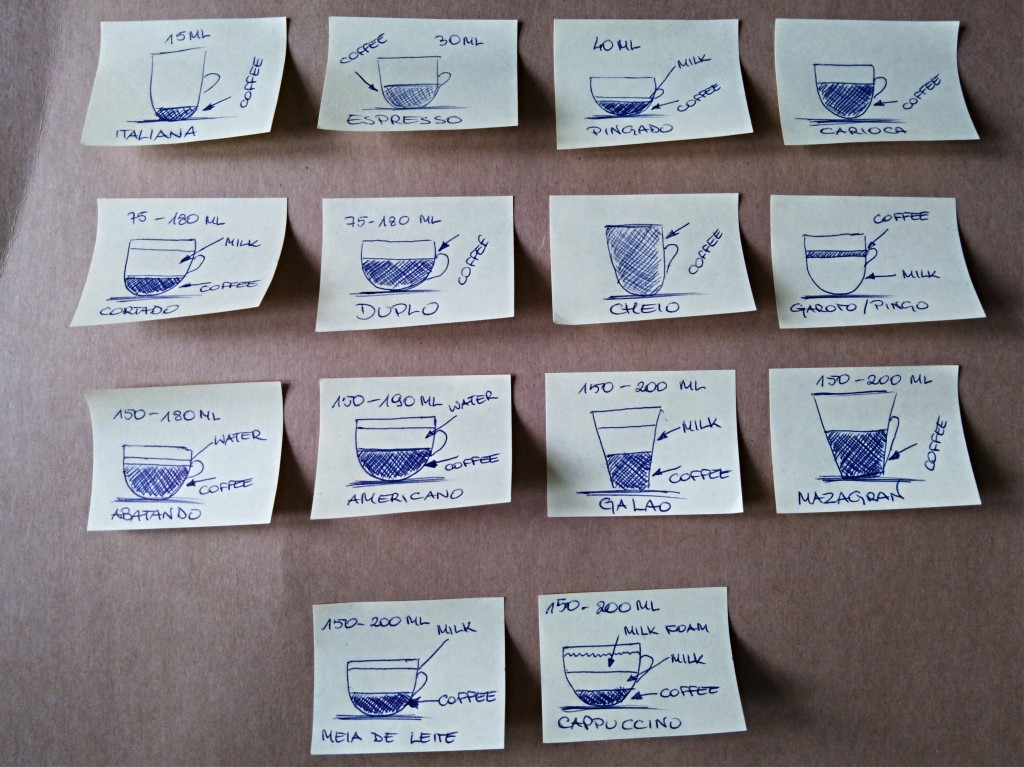
Coffee with no milk
- Café – espresso (30 ml), the most popular.
- Bica – espresso (Lisbon)
- Cimbalino – espresso (Porto)
- Café curto – half espresso shot.
- Tres-quartas – full till ¾ of an espresso cup.
- Café cheio – a full cup espresso.
- Café lungo – a full cup espresso.
- Café comprido - a full cup espresso.
- Café cheio com agua – espresso with a hot water shot.
- Italiana – a small shot of espresso (15 ml), strong (compared to a ristretto).
- Carioca – made from the coffee from the second passing of the coffee machine. It is almost the same size as espresso. Weak. The color is lighter too. Sometimes it is called ‘um segundo café’.
- Sem ponte or sem principio – a bit like carioca. An espresso flavor, but less bitterness. First two or more espresso drops are skipped.
- Cortado – a small coffee (75 – 100 ml). No milk (as it is for example in Spain in their cortado).
- Café duplo – strong, with a double coffee shot (75 – 100 ml)
- Café de saco – like Americano – ground beans are put in a tea/coffee bag that is placed in a cup full of hot water.
- Café em Chávena Escaldada – not a coffee type, but a way of serving it. A regular ‘bica’ type coffee served in a warm cup (the cup is warmed in hot water, then espresso is added).
- Abatando – black coffee – double espresso with some hot water. Like Americano. Less intense. Like café duplo.
- Nescafe – instant coffee.
Coffee with milk
- Pingo (in the North of Portugal) – a small size coffee. Espresso topped up with some milk. Creamy. Half milk, half espresso.
- Garoto (in the Sorth of Portugal) or café cortado – served in a small espresso cup. Half milk, half coffee. Sometimes (but rarely) served with some milk foam. Made with the first or the second half of the espresso shot.
- Garoto escuriño – Spanish style ‘cortado’
- Pingado – less intense as ‘bica’. Less bitter. Served in an espresso cup. With a drop or two of cold milk (usually cold).
- Galão – a large size coffee. Consists in ¾ of milk and in ¼ of coffee. Weak and milky. Served in a tall glass and accompanied with a long spoon. Usually made with the coffee shot from the second passing from the coffee machine.
- Galão clarinho – like ‘galão’ but milkier.
- Galão directo – ‘galão’ made with the first espresso shot from the machine. Like café latte.
- Galão obscuro de maquina – ‘galão’ with a little bit more coffee.
- Meia de leite – espresso with milk. Served in a regular cup. Half milk, half coffee. Smooth and silky.
- Meia de leite escura – a stronger version of ‘meia de leite’.
Finally comes coffee with alcohol
- Café com cherinho – black coffee with some alcohol. Typically, with bagaço (some kind of a brandy, similar to grappa). Served as a digestive.
Do you want some more coffee inspirations? Check our posts on a Vietnamese coffee and coffee in Mexico! If you want some recipes, you will get some hints how to make a Vietnamese Coffee.
Date: 2020-01-13
Author: Beti – A passionate traveler and lover of Asian cuisine, especially Thai and Japanese dishes, Bernadeta brings her culinary and cultural experiences to life in her writing. Beyond her travels, she’s an avid technology enthusiast with a deep interest in data processing, merging her love for exploration with analytical insights.
Photographer: Adalbert – An aficionado of computers and photography, Adalbert captures the essence of diverse cuisines with a discerning eye. A connoisseur of rich flavors and particularly fond of meat-based dishes, he combines his technical skills with his passion for the culinary arts in every shot.









